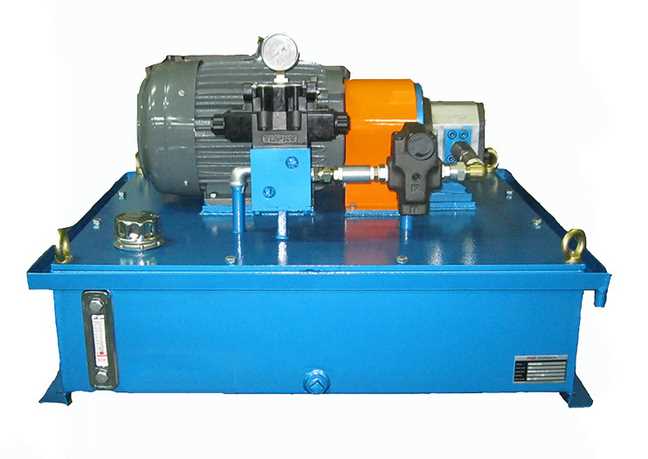What Does Cunningham Hydraulic Cylinders & Air Cylinders Seattle Do?
Not known Incorrect Statements About Eagle Hydraulic - Leading Hydraulic Solutions Manufacturer
Hydraulic cylinders are actuation devices that convert the hydraulic energy of pressurized fluids into the mechanical energy required to control the movements of device linkages and attachments. This energy conversion creates linear force and movement. Hydraulic cylinders are an essential component overall in the field of hydraulics, a customized kind of power transmission that utilizes the energy transferred by moving liquids under pressure and converts it into power.


Within the classification of power transmission, hydraulics falls within the sub-category of fluid power, which depends upon moving fluids (both gases and liquids) to produce energy. Quick Links to Hydraulic Cylinders Information History of Hydraulic Power and Cylinders The history of hydraulic cylinders is inextricably tied to the history of hydraulic power in basic.

The most basic application of hydraulics was utilizing moving water to move wheels. Ancient Rome utilized this sort of hydraulics to operate mills producing a wide range of products (e. g. flour, lumber, etc). Modern hydraulics can be traced back to 1648, when the French scientist Blaise Pascal discovered that the pressure in a restricted fluid should remain consistent and is applied equally in all directions.

Some Ideas on Custom Hydraulic Cylinder Manufacturing - Industrial You Need To Know
In 1738 Daniel Bernoulli built on Pascal's work by describing fluid behavior under numerous flow and height conditions (Bernoulli's Principle) and using his insights to power pumps and mills. In 1795, Englishman Joseph Bramah patented the very first useful hydraulic device: a hydraulically driven press. Nearly half a century later on (1840 ), William Armstrong established more effective applications of hydraulic power than watermills, including a hydraulically driven crane.
Cylinders played a fundamental role in both Bramah's and Armstrong's work. Bramah's useful breakthrough occurred when he found how to power the moving plate of his press through the liquid flow in between a smaller cylinder and bigger cylinder. This Article Is More In-Depth was based on a specialized sort of cylinder known as a "jigger." As the field of hydraulics developed and continues to develop, cylinders developed accordingly in regards to different factors such as product structure, internal architecture, installing positions, and so on.
UNDER MAINTENANCE